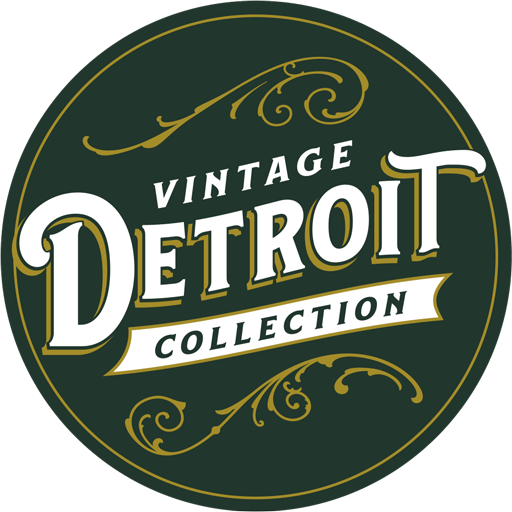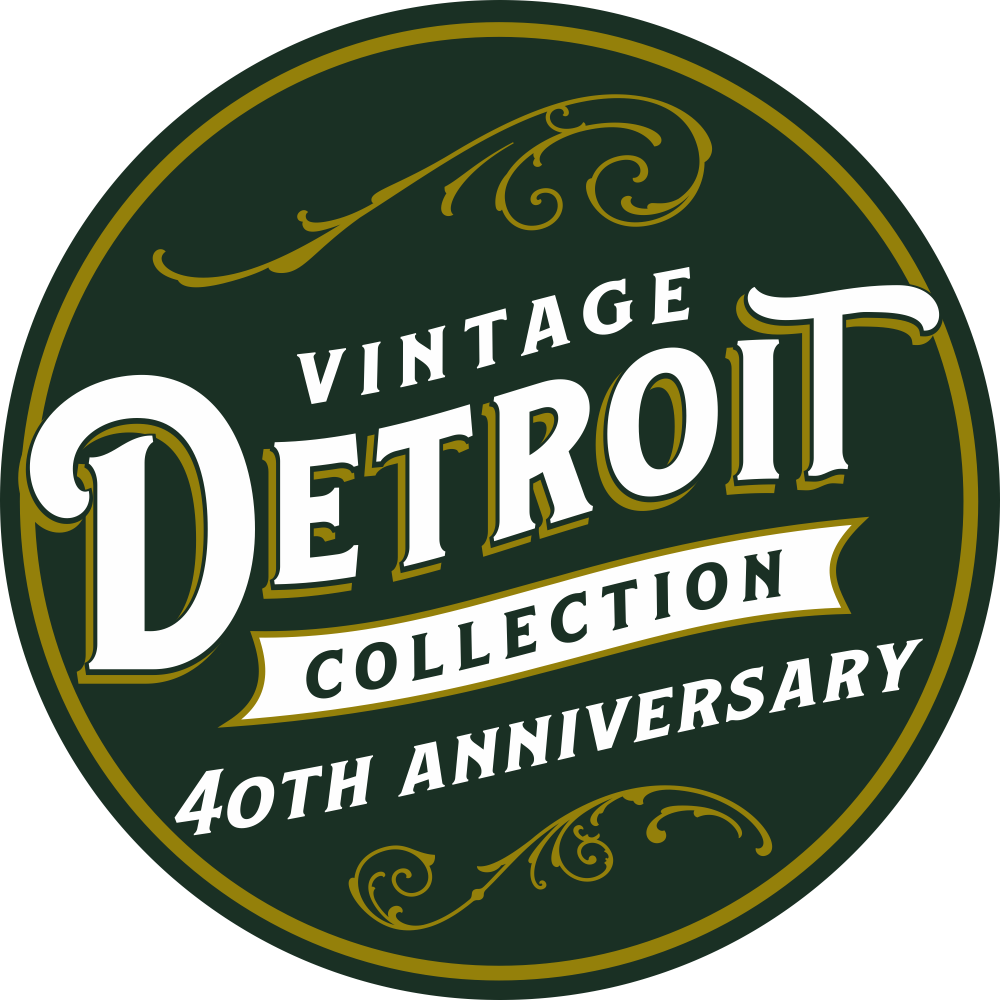Much of the legendary history of the National Hockey League was made at the “Old Red Barn,” as the Red Wings’ home venue came to be known. Five of Detroit’s seven Stanley Cup championships from the Olympia era were clinched there, including all four in the 1950s. Gordie Howe made his NHL debut on October 16, 1946, against the visiting Toronto Maple Leafs. Howe put one past Turk Broda, the first of 853 goals, including postseason tallies, that he would score over the next quarter-century with Detroit.
Number 9 wasn’t the only Howe creating memories at Olympia. His son Mark, who closed out his own sterling Hall-of-Fame career with three seasons in a Wings uniform, used the arena as his own personal playground.
“I was a rink rat, a lot more than anybody else,” he said. “I pretty well went to every game with Dad. It was great. I’d go down to the locker room at Olympia after the game. If I had a couple of buddies, we’d make pucks out of little balls of tape, and we’d find a couple of sticks. The handrails on the stairwells would be our net. We’d play until Dad was done signing autographs. Then, as I got older, every once in a while I’d be a stick boy or water boy for the visiting team.
“When I was 12 or so,” he continued, “I’d always try to find someone to drop me off at Olympia. I’d skate from nine in the morning to sometimes four or five in the afternoon. I’d be out there all by myself. One of the concessionaires used to cook me up some hot dogs and popcorn and feed me lunch.”
Although the Wings played several post-expansion seasons at Olympia, the place is still most closely identified with the days of the Original Six teams. There was a comfortable and logical rhythm to the seasons then. Play started in early October, about the time the smell of burning leaves could first be detected in the neighborhood streets. The playoffs ended in April, just as Detroiters’ thoughts were turning to spring and the Tigers. In between were winter nights spent inside the snug barn-like structure, where a stale, slightly frosted blend of smoke, perfume, beer, popcorn, and wet wool worked its magic on the senses.
“It was great going in there,” said Jerry Sawchuk, son of goaltending great Terry Sawchuk. “There was always this haze hanging over the ice. The place had a certain smaell to it, a certain aura.”
Contributing to the arena’s sense of intimacy was the fact that players from both teams had to walk down the checkered-tile hallway, through the crowd, to get from the locker room to the ice. A pat on the back, a word of encouragement, a shout of recognition, a young girl’s sigh, a request for an autograph, a carefully phrased putdown–all were possible as that day’s heroes and villains trooped past. “The fans could see them up close,” remembered broadcaster Budd Lynch. “A woman might say, ‘Oh, number 4, that’s Red Kelly.’ And when the game started and someone hit Red Kelly, that woman was mad!”
“It was very friendly, what with the players going from the locker room to the bench,” recalled Wally Crossman, the Wings’ dressing-room attendant at Olympia from 1941 through its closing. “They had the big wide corridor, and a lot of people were standing around, congratulating the players and talking to them as we came out of the locker room to the ice. It was quite a warm feeling.”
With expansion in 1967 and the formation of the World Hockey Association a few years later, competition for players drove up salaries and increased operating costs. This being before the days of healthy broadcast and merchandising revenues, hockey owners were dependent on strong turnstile counts to generate money. Under general manager Lincoln Cavalieri, Olympia underwent a series of renovations, gradually boosting its seating capacity from 12,500 in 1964 to 14,700 in 1978 (though another couple thousand fans could always be squeezed in for big games).
In attendance were a number of die-hard super-fans, including Peter “Cappy” Wojtaszek, a Detroit gym teacher who gained his nickname because of the hats he wore to games. Cappy had season tickets and sat in the same seat–Seat 1, Row A, Section 26–for every game between 1927 and 1979–except for one. In 1974, he was rushed to the hospital with a heart attack. “He told the doctors, because they had already ruined his night, the least they could do was get him a radio so he could hear the game,” recalled his granddaughter. “He got it.”
By the early 1970s, the deteriorating neighborhood and the lack of adequate parking convinced the club that a new stadium was in order. In 1976 the team was close to announcing a move to Pontiac when Mayor Coleman Young convinced Bruce Norris, son of the late owner, to move into a new riverfront arena.
The Wings played their final game at Olympia on December 15, 1979. Defenseman Greg Joly scored at 18:35 of the third period to give Detroit a 4-4 tie with Quebec. Paul Woods assisted on Joly’s marker, the last NHL goal scored at the corner of Grand River and McGraw. Twelve days later, the Wings moved into their new home, baptizing Joe Louis Arena with a 3-2 win over St. Louis before 19, 742, a record crowd for a hockey game played in Detroit.
Since that time a generation of hockey fans has grown up unaware of the special place Olympia holds in the city’s collective memory. But even those who recall the old place with fondness are careful of misplacing their nostalgia. “It was an empty feeling knowing that it was the last game,” said one longtime employee. “But we were excited about Joe Louis Arena, too. We were busy packing up, getting ready for a new building.”
Olympia stood abandoned for nearly seven years until it was finally bulldozed in June 1986. Souvenir hunters swooped in during demolition, depositing armloads of bricks into yawning car trunks. Today it’s hard to find an oldtime Wings fan who doesn’t own at least one piece of Olympia Stadium.
One of those watching as the the memories and rubble were cleared away was Wally Crossman, who as a teenager living in the neighborhood had watched Olympia being built 60 years earlier. The best moments of his life seemed to revolve around the building, including meeting his wife of many years, Margaret.
“I used to be a soda jerk at one of the drugstores across the street from the arena,” Wally told me. “She used to come down nights to visit me, and we got acquainted. Everything seems to have worked from Olympia. That’s why it was so sad to watch the Olympia go. I saw the old bulldozer clearing things out, and they had the big machine there wiht the wrecking ball knocking it down. I got a few bricks from it, but it was sad to see it come down after so many years.”
“From a nostalgic point of view, Olympia was better than Joe Louis Arena,” ex-Wing Nick Libbett said. “But form a practical point of view, it was not as good. I think there’s room for change. Hockey is a business, and you have to improve your business. As things get older, you build something new. Time goes on.”



